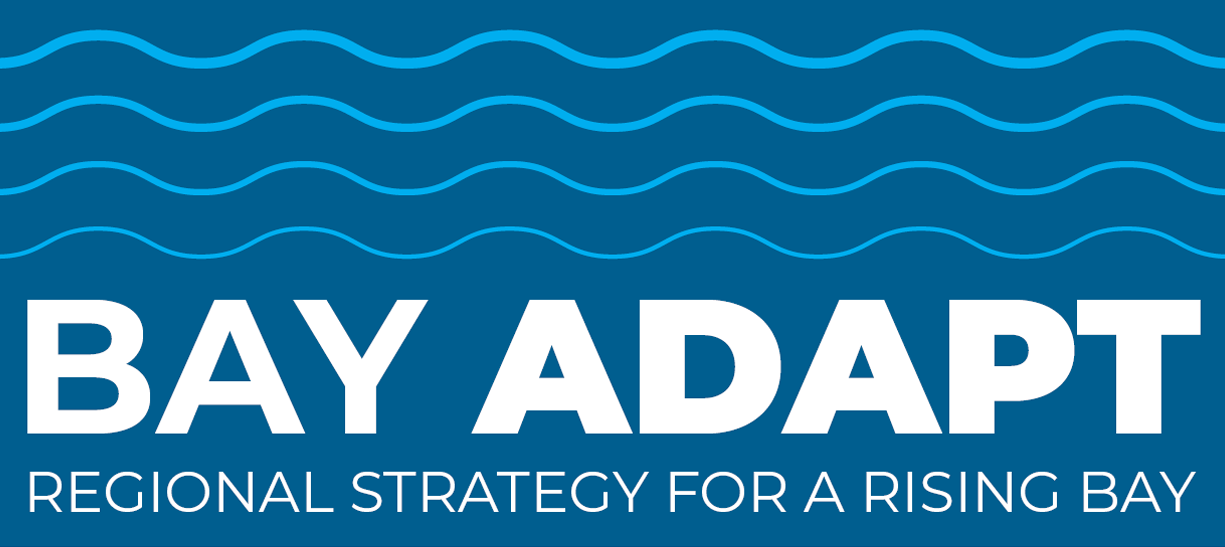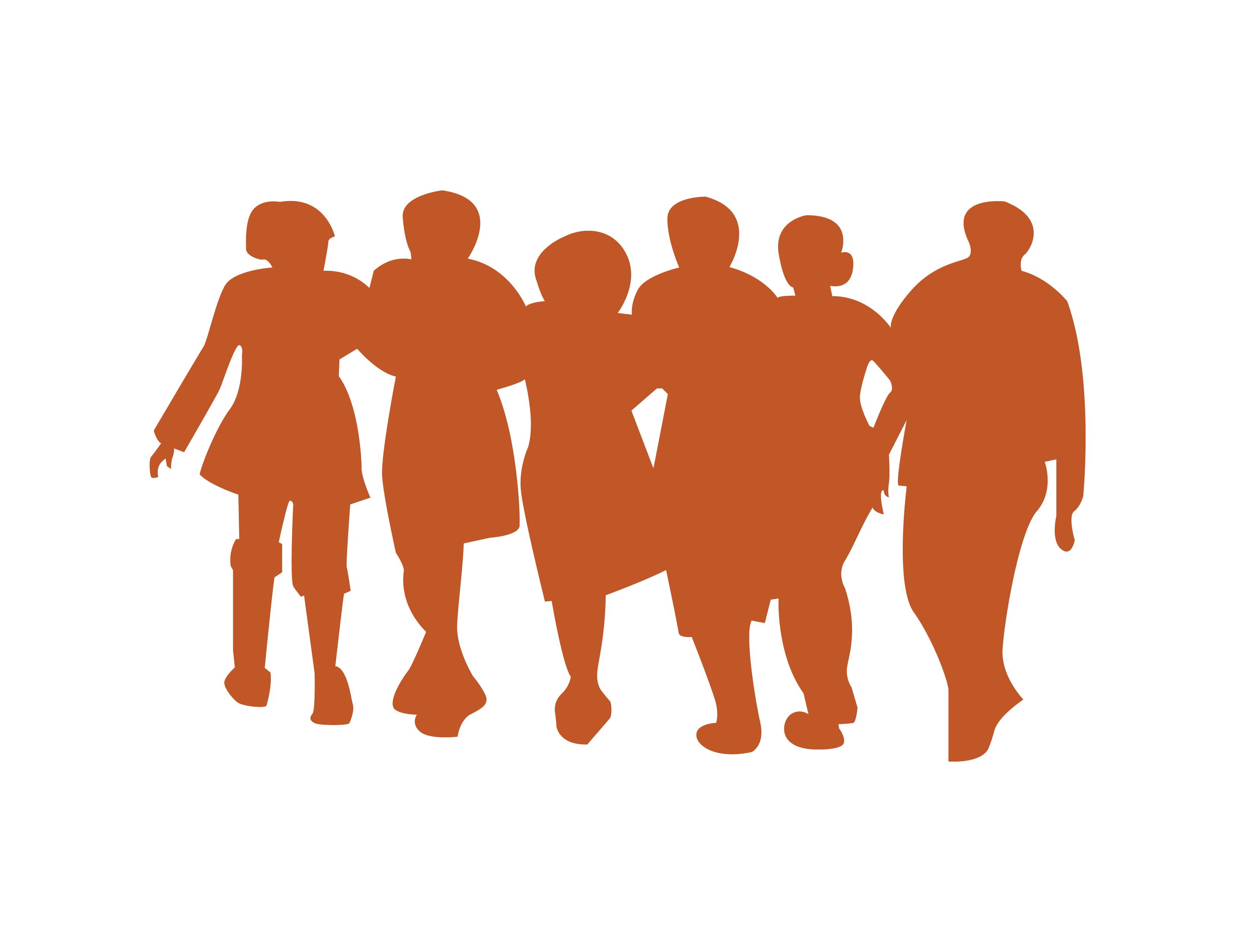
Photo by Schuyler Olsson, BCDC


NASA satellite imagery


Photo by California King Tides Project


Photo by Cedric Letsch


Photo by Jaclyn Perrin-Martinez, BCDC


Photo by Joshua Sortino


Bay Bridge



A Rising Bay
Rising sea level will dramatically affect our way of life in the Bay Area.
San Francisco Bay, fed by a swelling Pacific and melting glaciers and ice sheets, is growing. The rise is slow and steady now, but around 2040 scientists project it will speed up. By then, in the time it will take a current pre-schooler to graduate from college, it will be too late to start to prepare for the water that will be rising onto our airport runways and shoreline parks. Another foot or two of rise will seriously affect our homes, jobs, habitats, and safety. And though you can’t see it, the groundwater table is also rising under your feet – pushed up as the Bay pushes in. Before long, a big storm—like the train of atmospheric river events that drenched us over and over in 2017—will bring water into our basements and BART stations, onto our bridge approaches, our ballparks, and threaten to mobilize decades of toxic pollution into our groundwater.
Sea level rise is no longer a distant threat and the San Francisco Bay Area stands to be one of the hardest hit regions in North America. It’s past time for us to get ready.
Why is this a regional challenge?
Much of the responsibility to adapt to rising sea level lies at the local city or county level. However, local initiatives alone will not be able to solve the problem and could result in:
- Disproportionate impacts to disadvantaged communities
- Unintended flood impacts to neighbors in a closed Bay system
- Delay due to other, more pressing concerns like housing and transportation
- Near-term loss of wetlands the ecosystems most at risk of flooding
- Impacts to jobs and businesses, with a lack of financial tools and resources to solve the problem
- Lack of incentives to work across jurisdictions to solve common problems
- Lack of incentives to create multi-benefit, nature-based solutions
- No way to measure collective progress
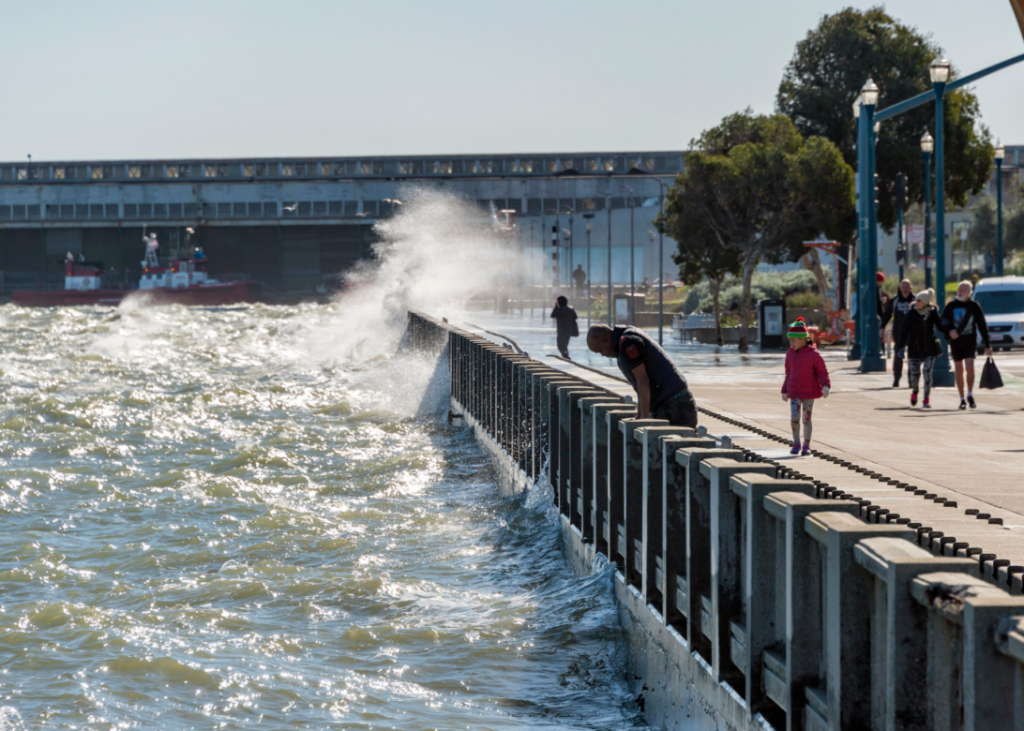
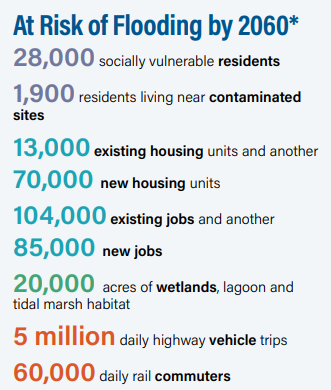
Impacts from flooding that could occur at 48” Total Water Level from the ART Bay Area Regional Sea Level Rise Vulnerability and Adaptation Study. According to California State Guidance, under the H++ scenario, which represents the highest risk and least likely scenario, sea level rise could reach 46.8” by 2060, which corresponds to ART’s 48” TWL scenario. Under the Likely Range, or Low-Risk Aversion high-emissions scenario, 48”of sea level rise will not occur until 2120. Photo courtesy of the King Tides Project.
Regional action to reduce impacts due to climate change requires collective will, regionwide implementation, and broad leadership – no one agency, jurisdiction or community can or should do it alone.
Where do we start? Preserving what we care about.
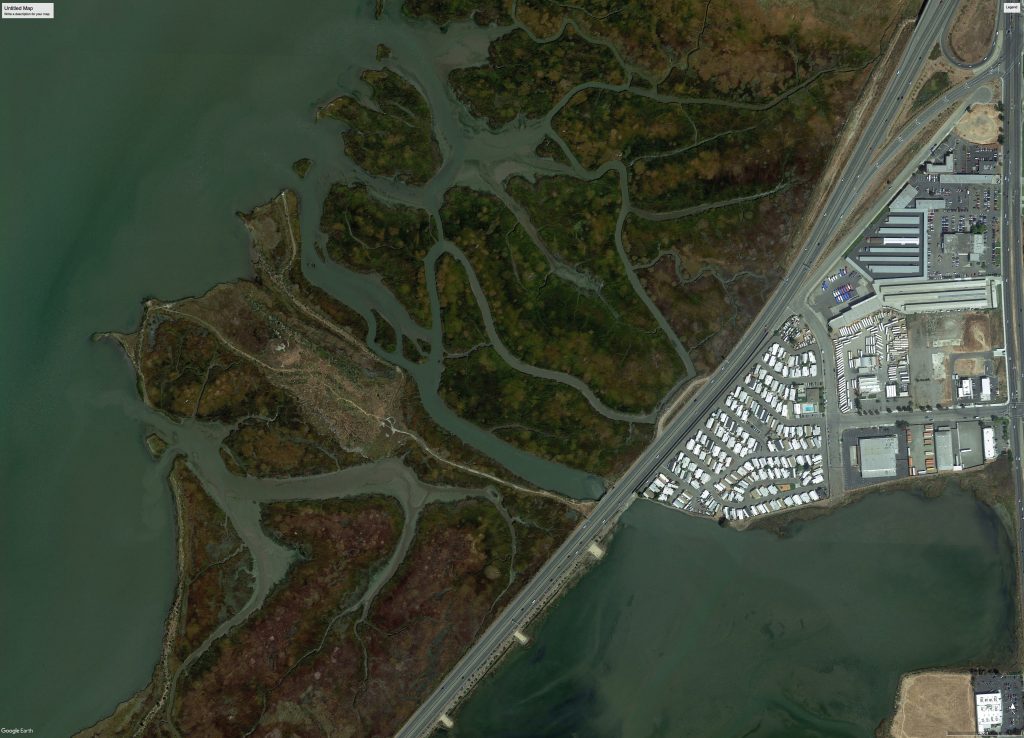
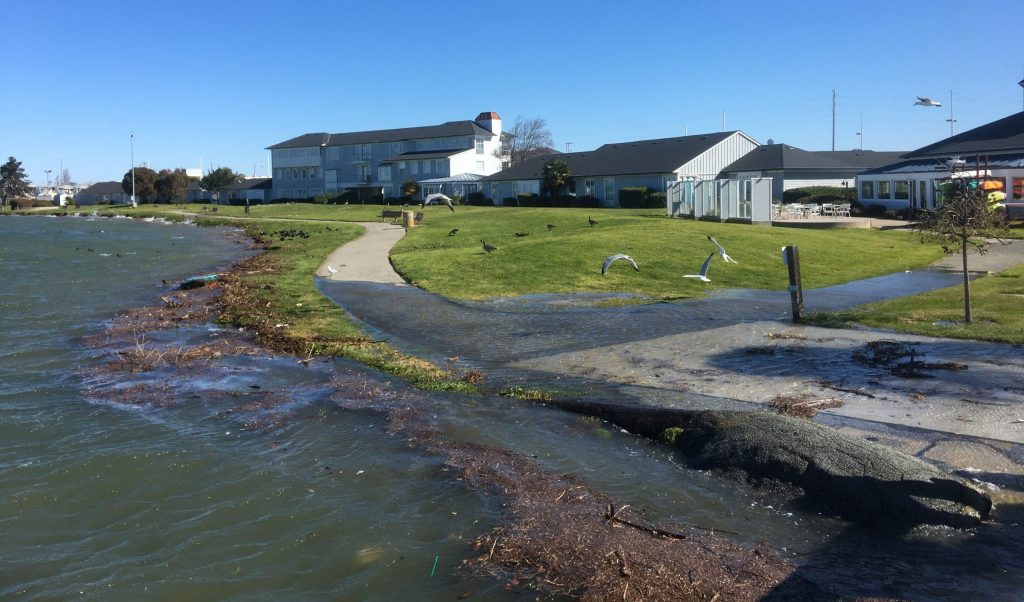
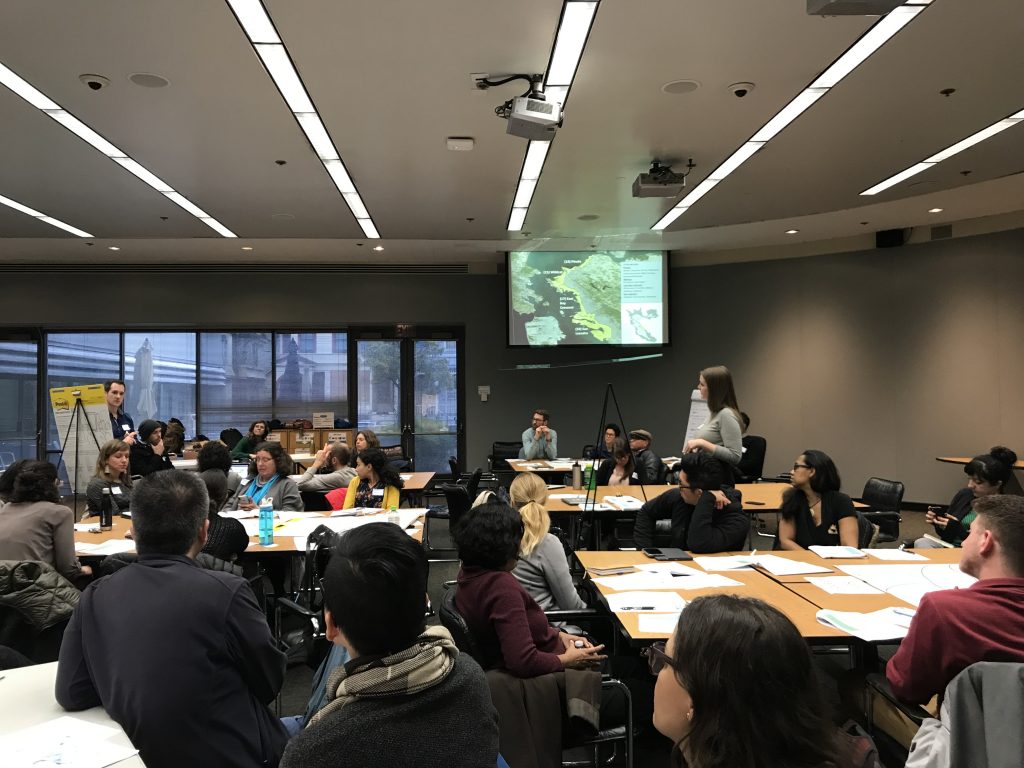
Our region is called the “Bay Area” for a reason — the Bay is the defining characteristic of our geography and defines so much of our environment, economy, infrastructure, and lives. The Bay Area is also the most culturally and geographically diverse region in the United States, with people of color comprising 59% of our population. More than 75% of residents believe that racial diversity is what makes the Bay Area such a great place to live.
Communities of color and historically marginalized populations face disproportionate risks from climate change. As we adapt, our region can begin to right generations of wrongdoing through elevating communities’ roles in developing solutions, filling in knowledge and data gaps, and building community capacity. With people at the center of solutions, the Bay region can be a national model for equity in resilience planning.
The health of our Bay ecosystems is also inextricably linked to our way and quality of life. We continue to learn how nature protects people from natural disasters and improves public health. But as water levels rise, coastal habitats, like tidal marshes and the wildlife that depend on them, risk being drowned and lost. Sea level rise may also mobilize toxic contaminants as flooding becomes more prevalent, further threatening the health of communities and ecosystems. Both nature, and people, will suffer.
Moving Forward Together Through the Joint Platform
The Bay Adapt Joint Platform is a consensus-based strategy comprised of 9 actions and 21 tasks that will protect people and the natural and built environments from rising sea levels. Explore the Joint Platform on the website.
